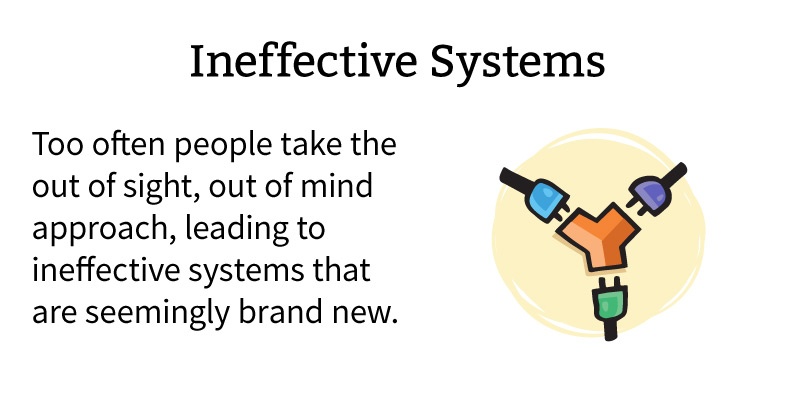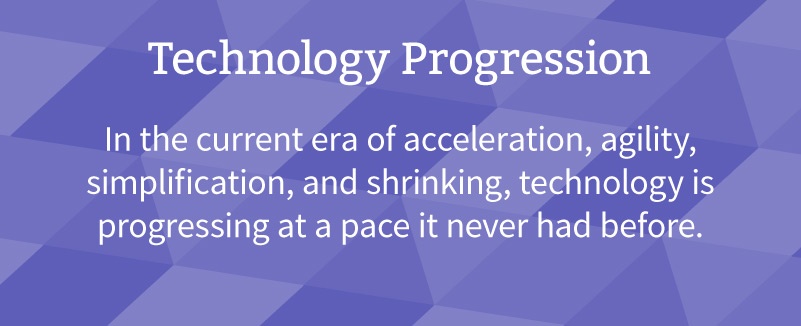What is System Integration?
Before you can hope to understand the logic behind system integration, you need to know what it means.
System integration is an IT (information technology), engineering process or phase concerned with joining different subsystems or components as one large system. System integration (SI) is also used to add value to a system through new functionalities provided by connecting functions of different systems.
Because systems or subsystems to be integrated may span different fields in software and hardware engineering, there isn’t one set way to go about it. I could dive into the details of various methods an SI engineer could use or what programming language is popular, but that isn’t as important as their purpose for doing it. Which put simply, is to get different parts of technology to talk to each other when necessary. .
What are the common causes of improper System Integration?

This is due to the inconsistencies and gaps left by the absence of a well-planned and executed integration of key data/transactions.
Explaining is simply enough for people to understand the overall picture of system integration is one thing, but there isn’t anything simple about the potential problems someone can run into as a result of poor system integration. While there are different causes to improper system integration, that range in complexity, the easiest ones are avoidable if you refrain from 3 frames of thought.
-
Middleware is the only thing I need - A person with some education on SI might say,” I could never go wrong with the best ‘middleware’ on the market. That’s all I need”. For those a little less informed, Middleware is software that acts as a bridge between an operating system or database and applications, especially on a network,.
On the surface that’s not a bad thought to have. Middleware is definitely an important phase of successful system integration, but putting focus solely on Software that Extract/Transform/Load information; isn’t going to do you any good in the long run, since it isn’t only thing you need to get the job done.
-
Data Mapping can’t be that difficult – In a perfect world, when a SI engineer is working with just
two data sources that have similar data standards and constructs, data mapping is simple and straightforward. But more often than not, data mapping found in even small companies are complex and require a concerted effort to plan and execute. So not only is the system you use important but so are the people that will be navigating through them. Because data mapping is where things can easily get tricky, since SI engineers are tasked with building the logic to properly map out and synchronize new systems without recreating the host systems.
-
Ignorance is bliss – Technology isn’t your thing and you don’t have any time to learn it. It’s safe to assume Integration will be manageable, it’s 2016 right? Why wouldn’t it be?
With that train of thought, the major budget and attention is put toward the “hard” parts of the implementation – the NEW system. Now no one is expecting the average consumer or manager to have an in depth understanding of system integration. But it is crucial that steady dialog is held between the employees that will be effected and the people who are implementing the system themselves, in order to properly set expectations and to avoid possible mishaps.
Too often people take the out of sight, out of mind approach, leading to ineffective systems that are seemingly brand new, due to the inconsistencies and gaps left by the absence of a well-planned and executed integration of key data/transactions.
Why is Proper System Integration so Important for the future?

The integrator’s tools and competences are rapidly evolving.
With a better understanding of system integration and the frames of thought that lead to its improper implementation, you might be wondering is proper system integration really that important for the future? If it breaks then fix it. If it isn’t broken, no need to update it right?
Not quite. Maybe that thought process worked a few decades ago, but today, the world is connected like never before.
In the current era of acceleration, agility, simplification, and shrinking, technology is progressing at a pace it never had before. So while the nature of systems integration itself remains constant. The integrator’s tools and competences are rapidly evolving.
Bottom Line
Today’s best integrated business solutions are engaging end users like never before by bringing together an array of systems into a comprehensive connected experience. Allowing access to data and systems that help serve customers more effectively, increase efficiency in product development and identify small problems before they grow into bigger ones.
Proper system integration, along with the skills of the people who are responsible for maintaining it, will be the foundation for all companies, tech related or not, moving into the future. So more and more focus must be put towards the details. Since access, management and analysis of vast amount of data, can be the difference between success or failure of any given company.
Using agile approaches, the web solutions and web application development teams at Summa work closely with clients, designers and integration experts to create workable, innovative solutions quickly. To learn more about proper system integration, contact us here.


